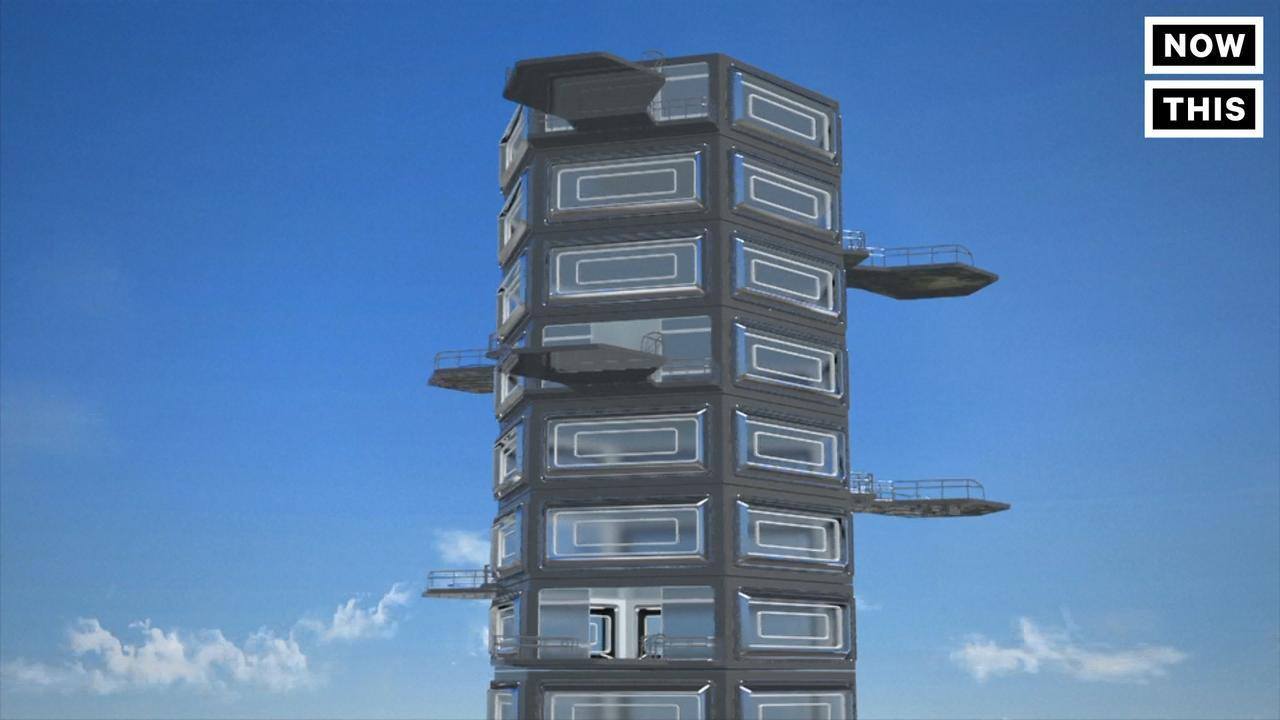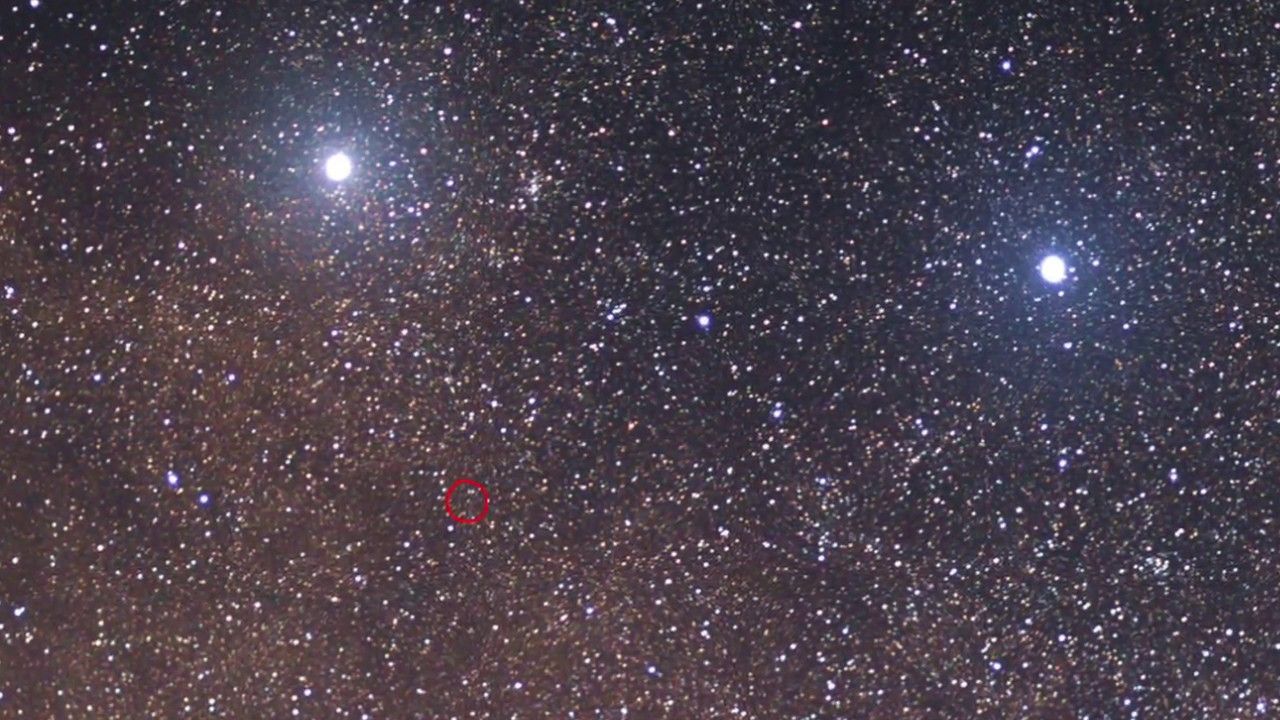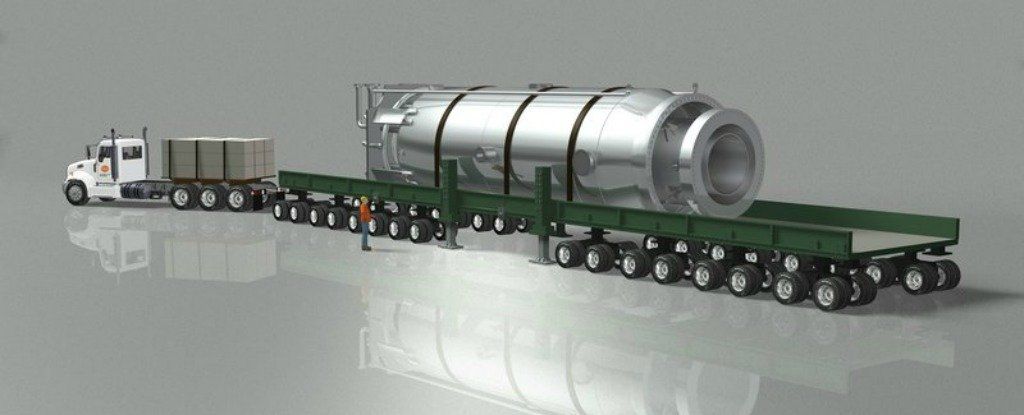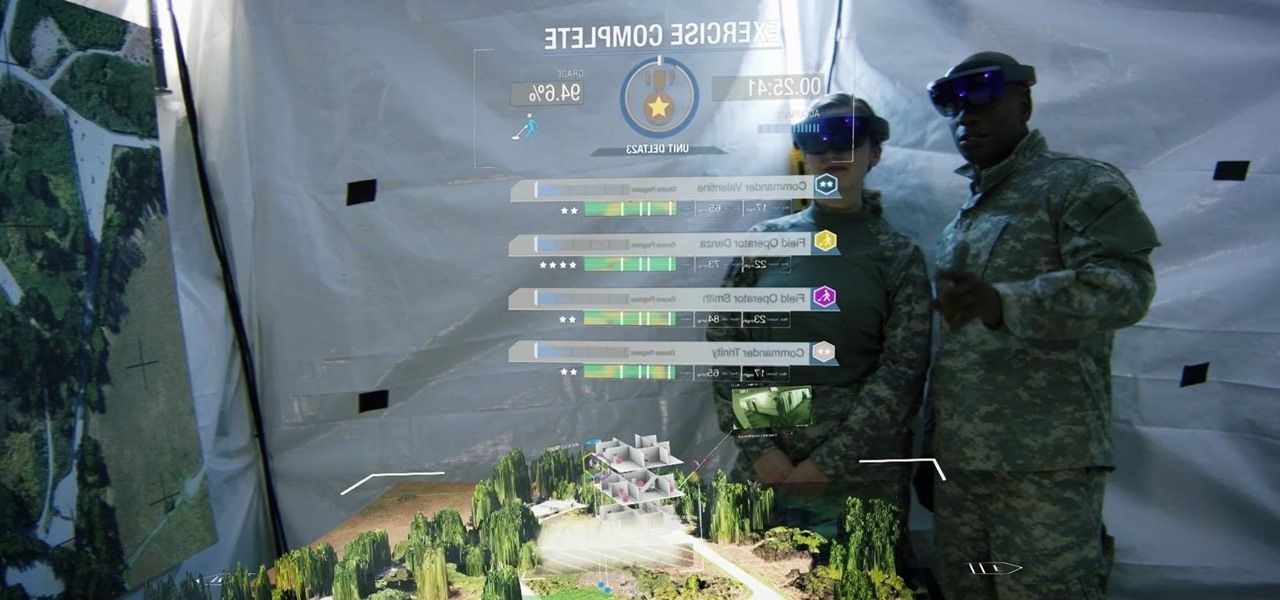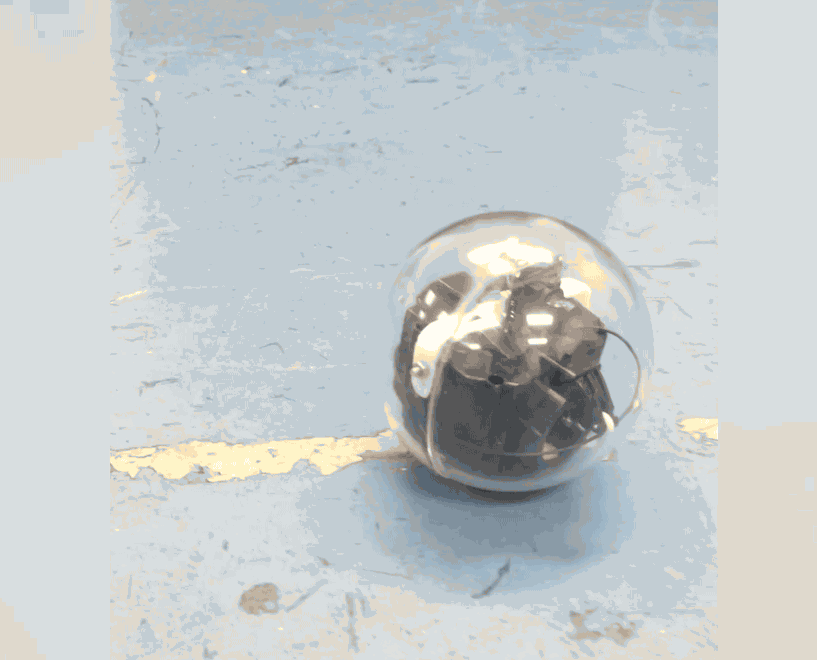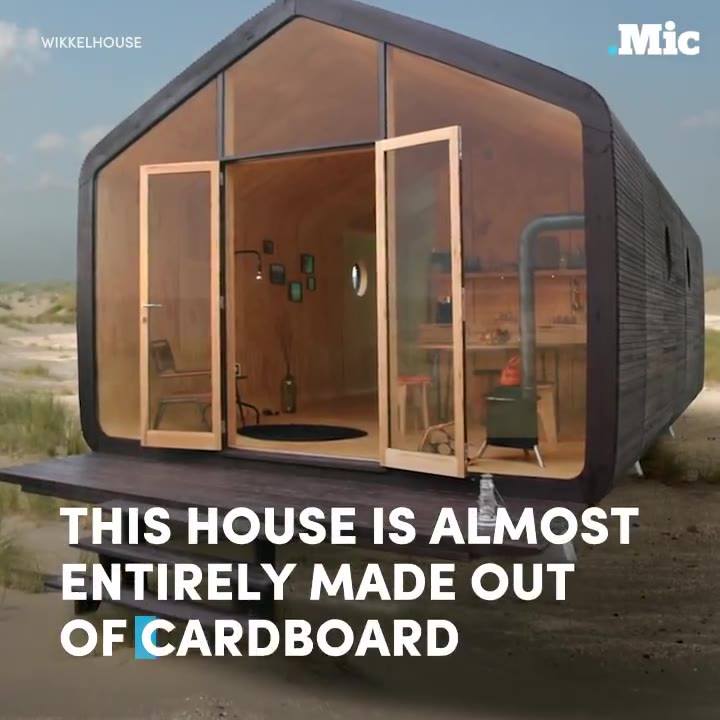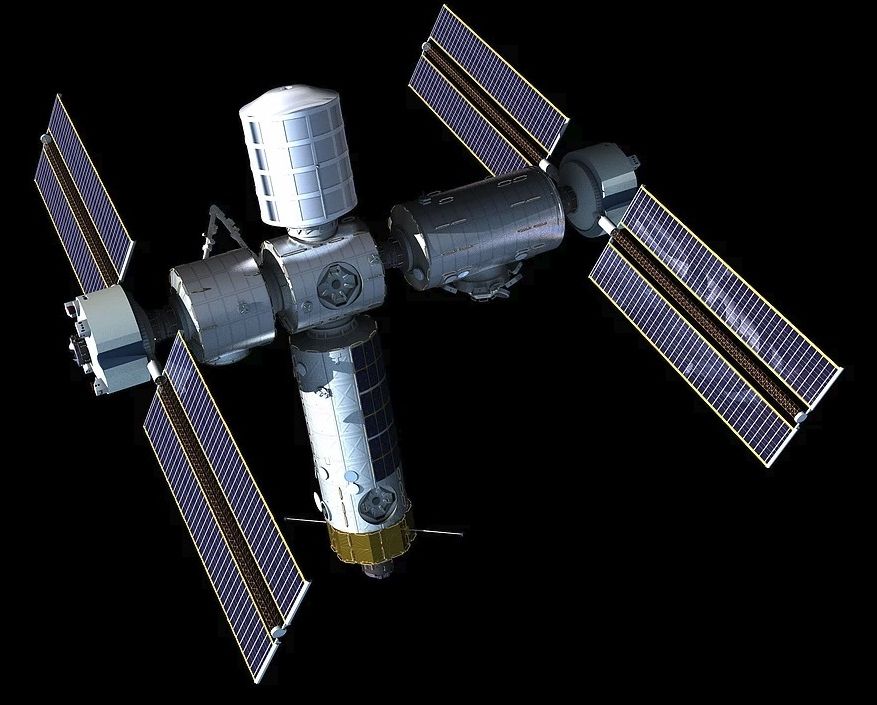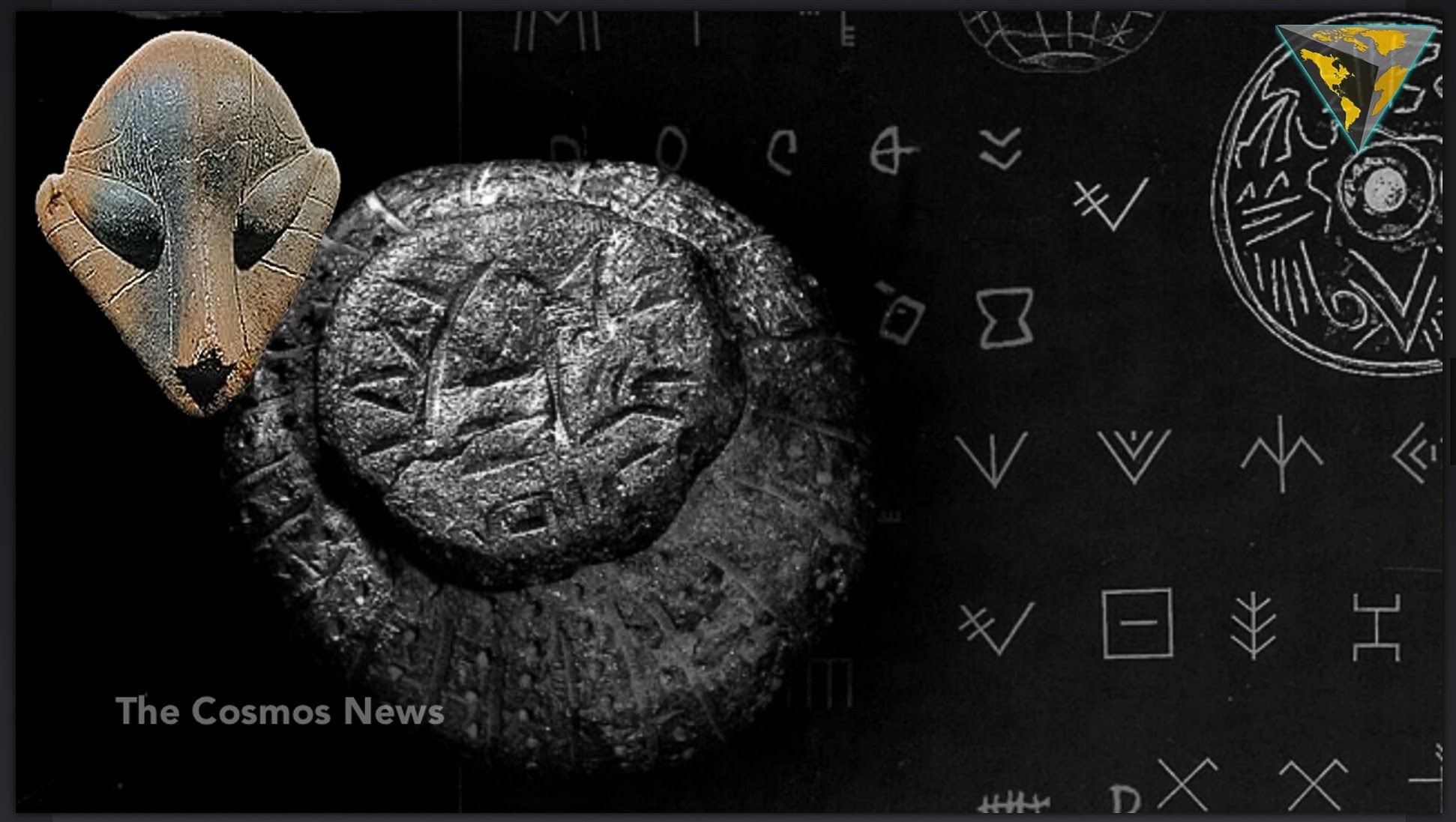Feb 4, 2017
Retraining Our Desires: How to Be Happy in the Coming Robot Age
Posted by Shane Hinshaw in categories: food, habitats, robotics/AI
We will need a good dose of healthy stoicism if we are to survive in the world after work. Luxury items will be significantly reduced in the world we’re imagining. Stoics like Marcus Aurelius and Seneca recommended that we adjust our desires to simple, reliable pleasures, like fresh water, decent bread, modest clothing, and good friends. Luxury pleasures are rare and unreliable so we suffer more when they fail to materialize.
But chocolate cake is delicious and diamonds are beautiful. When Plato sketched a Spartan lifestyle in the Republic, his friends accused him of designing a city for pigs not humans — and they demanded that he add spices and luxury to the imagined utopia. While I’m sensitive to this worry, I hasten to point out that many Americans are currently, and by their own initiative, downsizing their sense of the good life. The contemporary “tiny house movement” — which builds elegant housing around 1/10th the size of average homes — is already the kind of stoic adjustment that Americans will need to make when we’re all unemployed.

